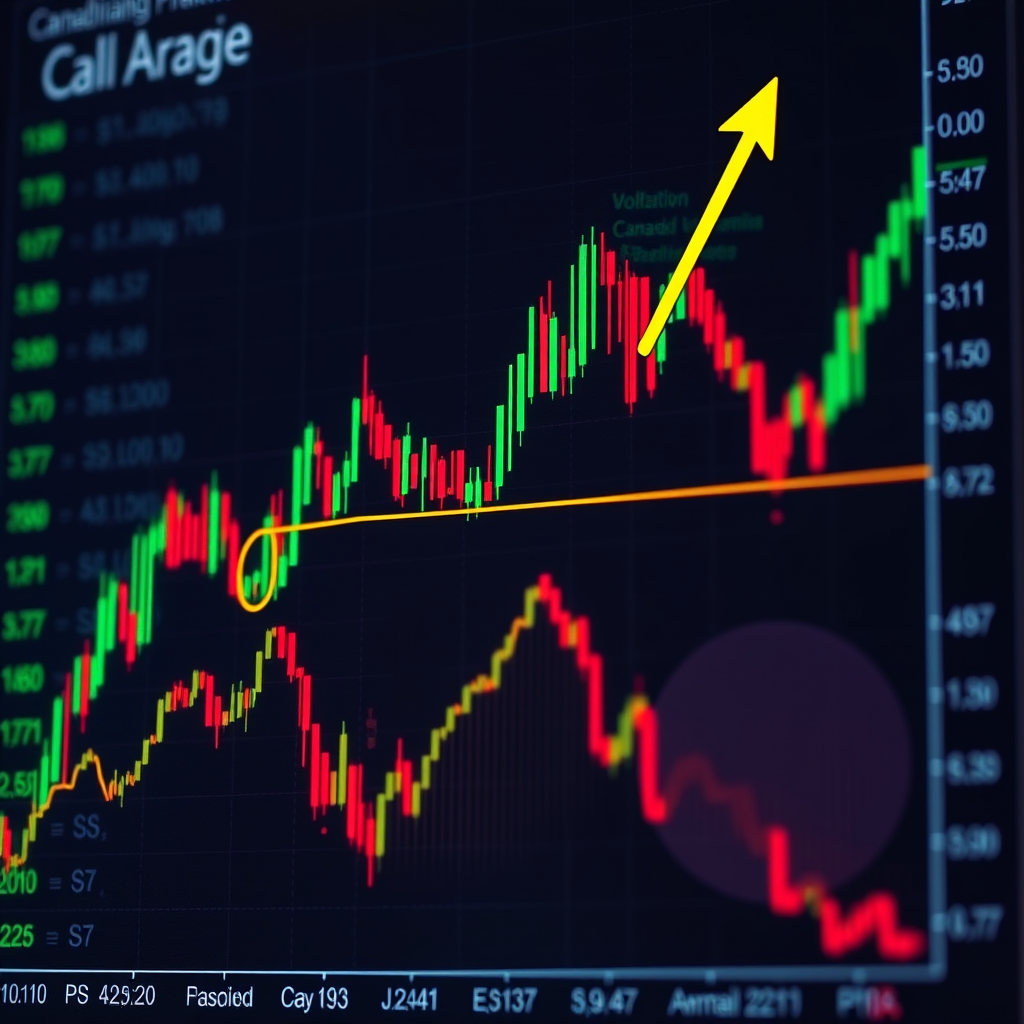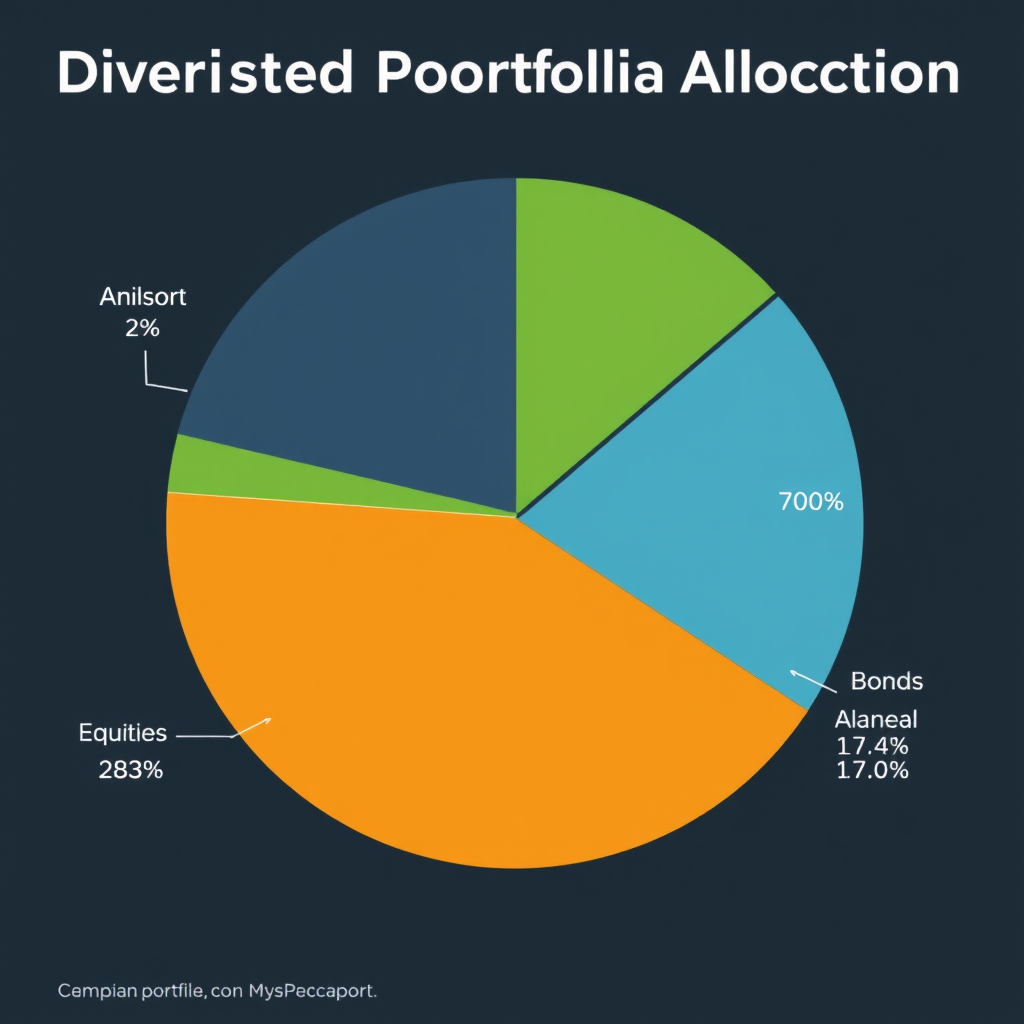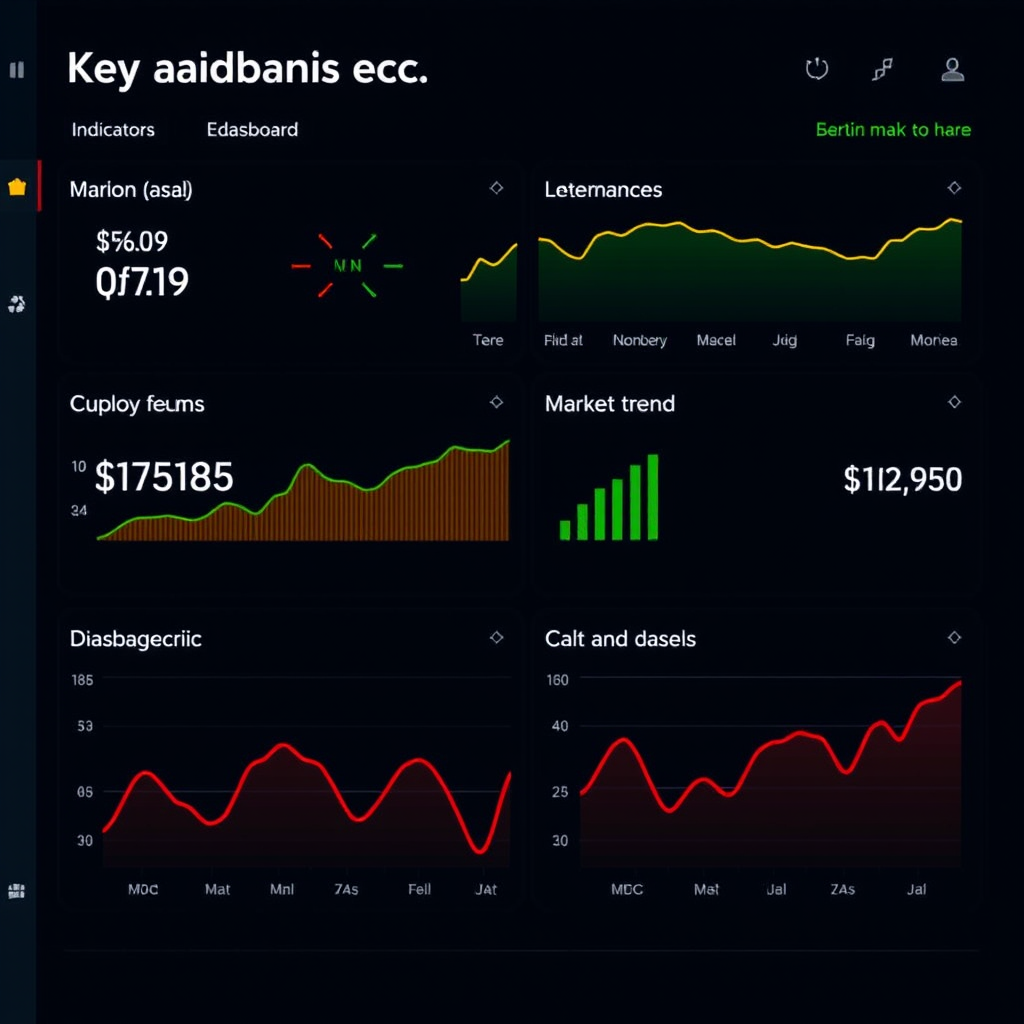Navigating Market Volatility: Risk Management Strategies for Canadian Portfolios

Market volatility is an inevitable part of investing, but Canadian investors can protect and grow their wealth through strategic risk management. Understanding how to navigate uncertain economic periods is essential for building a resilient investment portfolio that can weather any storm.
Understanding Market Volatility in the Canadian Context
Canadian markets face unique challenges, from commodity price fluctuations to currency exchange impacts. The TSX often experiences volatility driven by resource sector performance, making diversification crucial for Canadian investors. Market downturns can create both risks and opportunities for those who invest with proper risk management strategies.
Key Risk Factors for Canadian Investors
- Commodity exposure: Oil, mining, and agricultural sectors drive significant market movements
- Currency fluctuations: CAD/USD exchange rates impact international investments
- Interest rate sensitivity: Bank of Canada policy changes affect various sectors differently
- Geographic concentration: Heavy weighting in specific industries creates sector risk
Essential Asset Allocation Strategies
Smart asset allocation forms the foundation of risk management. Canadian investors should consider both domestic and international diversification to reduce portfolio volatility while maintaining growth potential.

Recommended Allocation Framework
- Canadian Equities (25-35%): TSX exposure with sector diversification
- International Equities (30-40%): Global diversification reduces home bias
- Fixed Income (20-30%): Government and corporate bonds for stability
- Alternatives (5-15%): REITs, commodities, or other diversifiers
Advanced Hedging Strategies
Beyond basic diversification, sophisticated investors can employ hedging techniques to protect against specific risks. These strategies help maintain portfolio stability during turbulent market conditions.
Currency Hedging for Canadian Investors
Currency fluctuations can significantly impact returns on international investments. Canadian investors should consider currency-hedged ETFs or use forward contracts to manage exchange rate risk when investing globally.
Psychological Aspects of Market Downturns
Successful risk management requires understanding investor psychology. Emotional decision-making during market volatility often leads to poor outcomes. Canadian investors must develop discipline to stick with their long-term investment strategy.
Behavioral Finance Principles
Loss Aversion
Investors feel losses twice as strongly as gains. This can lead to panic selling during downturns.
Recency Bias
Recent market performance heavily influences investment decisions, often inappropriately.
Herd Mentality
Following crowd behavior can lead to buying high and selling low.
Confirmation Bias
Seeking information that confirms existing beliefs while ignoring contradictory evidence.
Actionable Risk Management Techniques
Implementing practical risk management requires systematic approaches that Canadian investors can easily adopt. These techniques help protect wealth while maintaining growth potential during uncertain economic periods.
Dollar-Cost Averaging
Invest fixed amounts regularly to reduce timing risk and smooth out market volatility over time.
Portfolio Rebalancing
Regularly adjust allocations to maintain target weightings and capture rebalancing premiums.
Stop-Loss Orders
Set predetermined exit points to limit losses on individual positions while allowing for normal volatility.
Building Resilience During Economic Uncertainty
Economic uncertainty creates both challenges and opportunities for Canadian investors. Building portfolio resilience requires focusing on quality investments, maintaining adequate liquidity, and staying disciplined during market turbulence.

Key Takeaways for Canadian Investors
- Diversification across asset classes and geographies reduces portfolio risk
- Currency hedging can protect international investment returns
- Emotional discipline is crucial during market downturns
- Regular rebalancing helps maintain target allocations
- Quality investments tend to outperform during uncertain periods
Long-Term Wealth Protection Strategies
Protecting and growing wealth over the long term requires a comprehensive approach that goes beyond short-term market movements. Canadian investors should focus on building robust portfolios that can adapt to changing economic conditions while maintaining growth potential.
Defensive Strategies
- Increase cash reserves during volatile periods
- Focus on dividend-paying stocks for income
- Consider defensive sectors like utilities and consumer staples
- Maintain emergency fund equivalent to 6-12 months expenses
Growth Opportunities
- Use market downturns to invest in quality companies at discounts
- Maintain exposure to growth sectors like technology
- Consider international markets for diversification
- Stay invested to capture long-term market growth
Market volatility is a natural part of investing, but Canadian investors who implement proper risk management strategies can protect their wealth while positioning for long-term growth. By understanding the unique challenges of the Canadian market, maintaining diversified portfolios, and staying disciplined during uncertain periods, investors can navigate volatility successfully.
Remember: Successful investing requires patience, discipline, and a well-thought-out risk management strategy. Focus on what you can control – your asset allocation, costs, and emotional responses – rather than trying to predict or time market movements. The key to building wealth is staying invested through market cycles while managing risk appropriately for your situation.